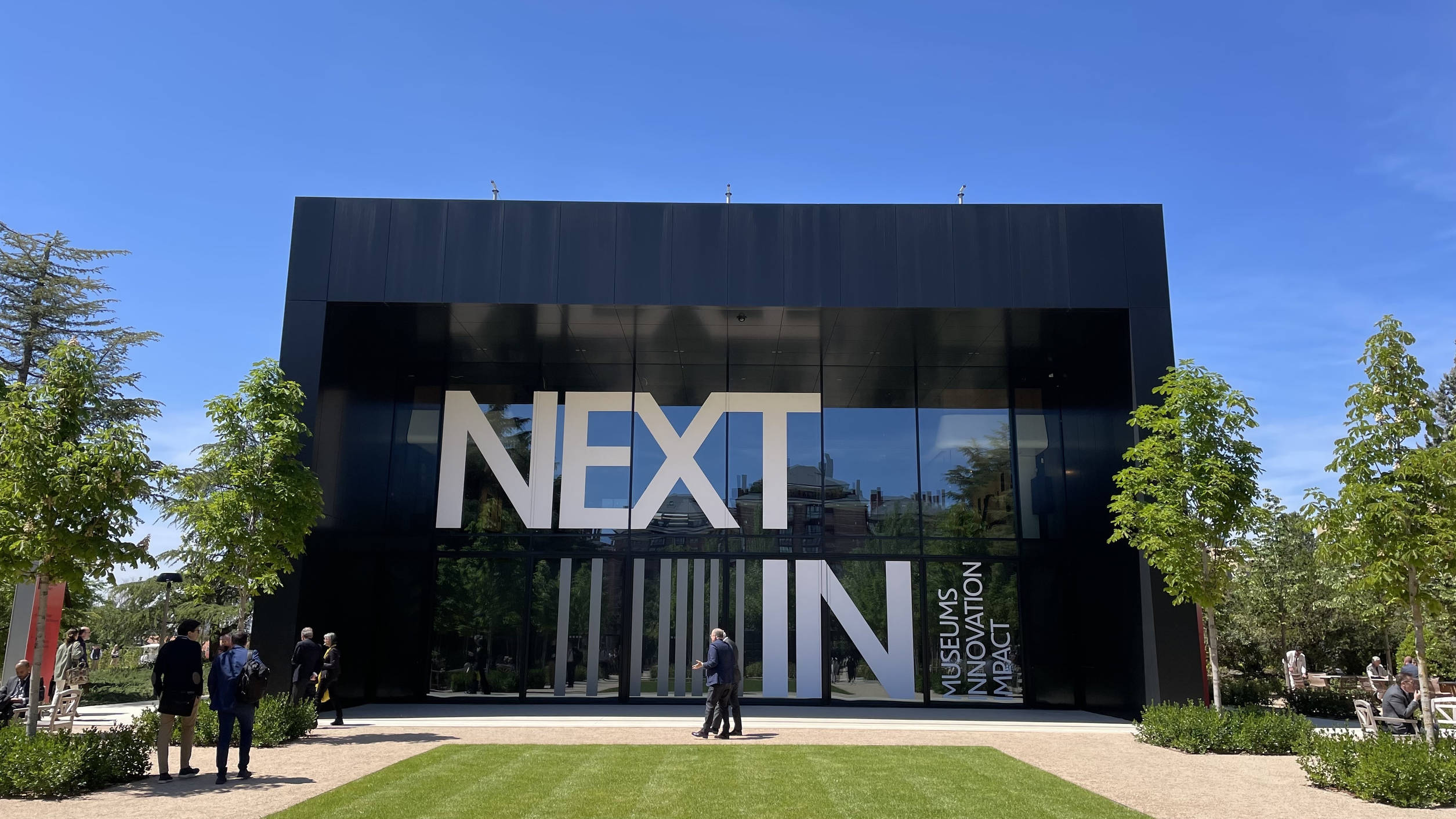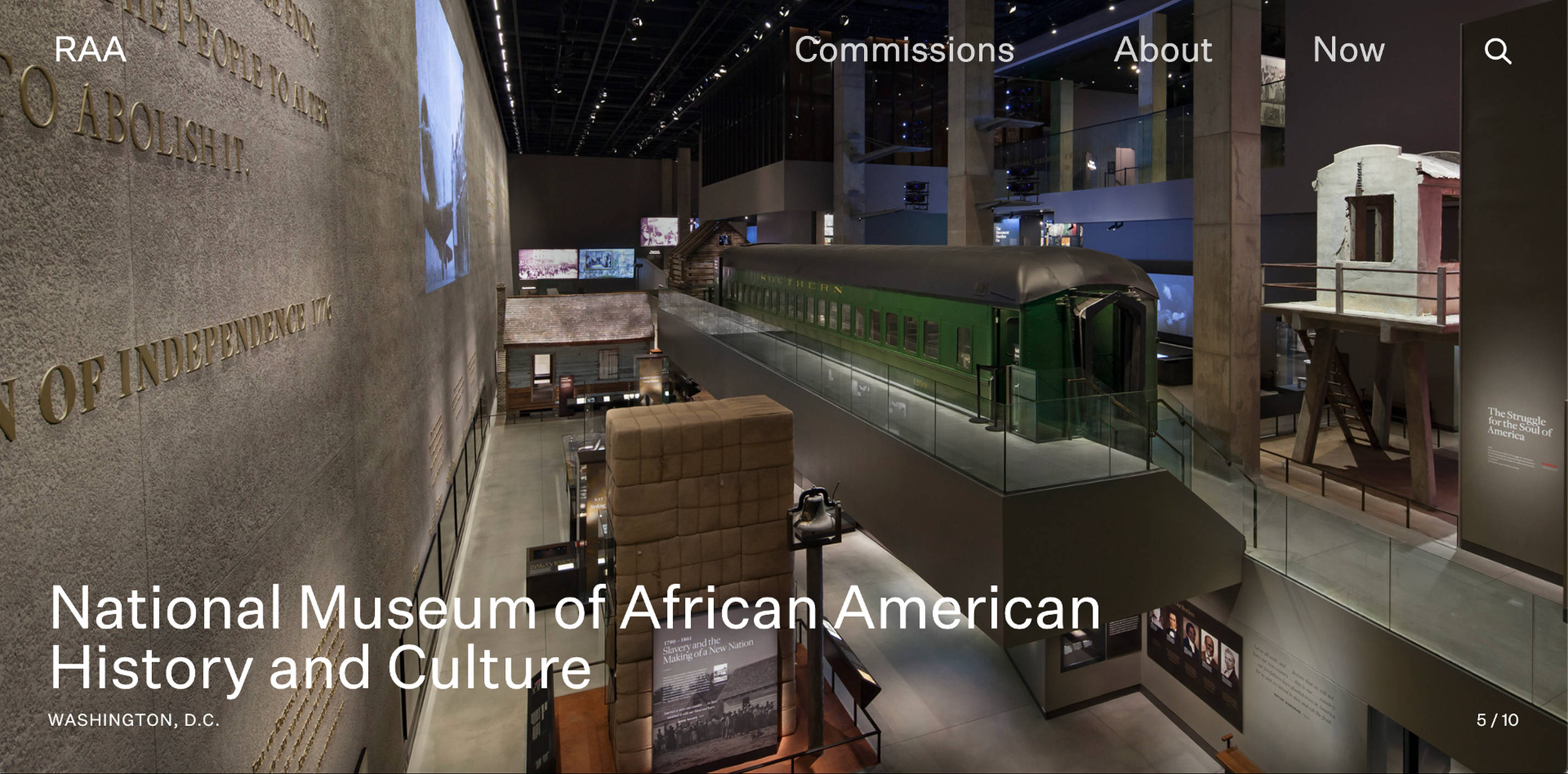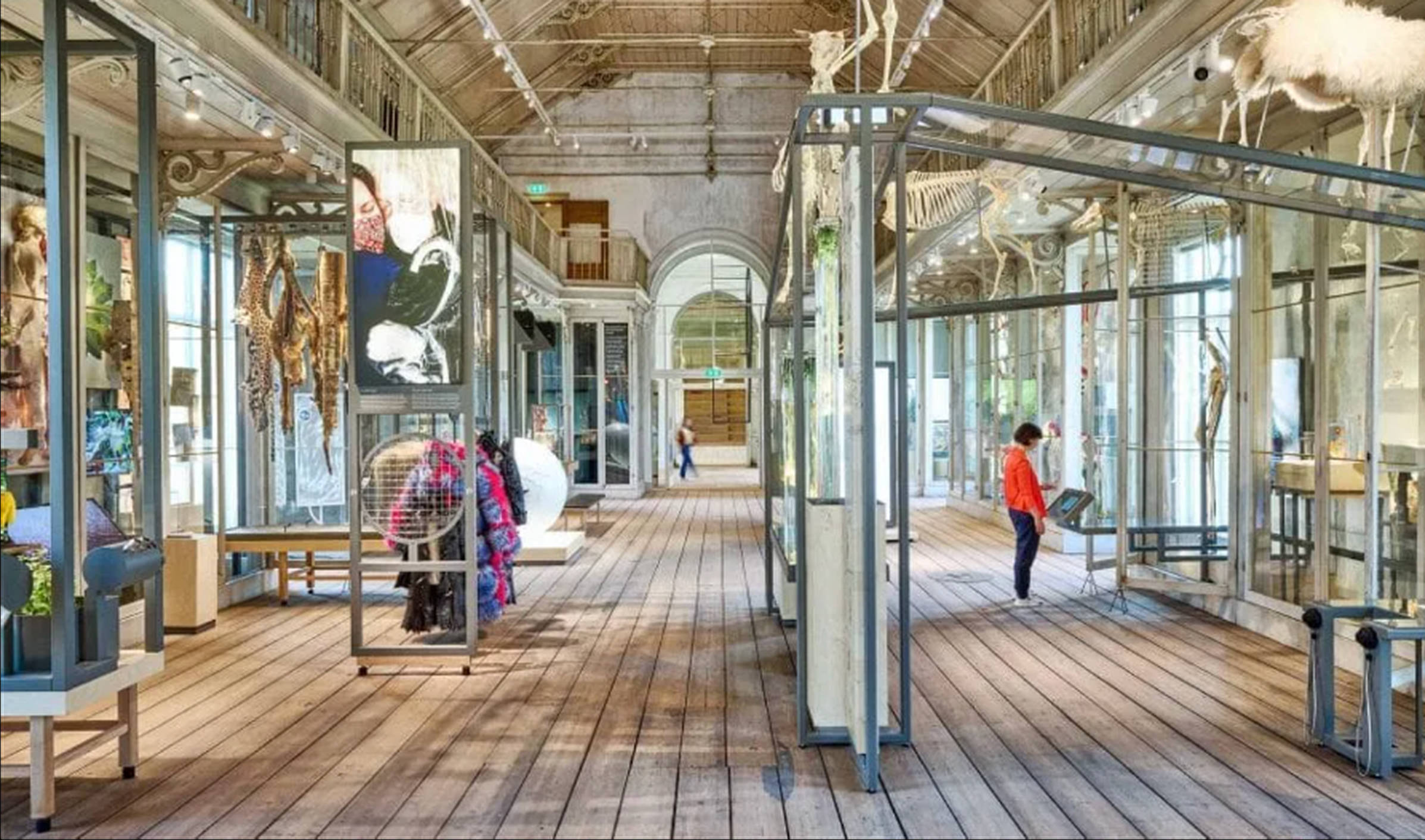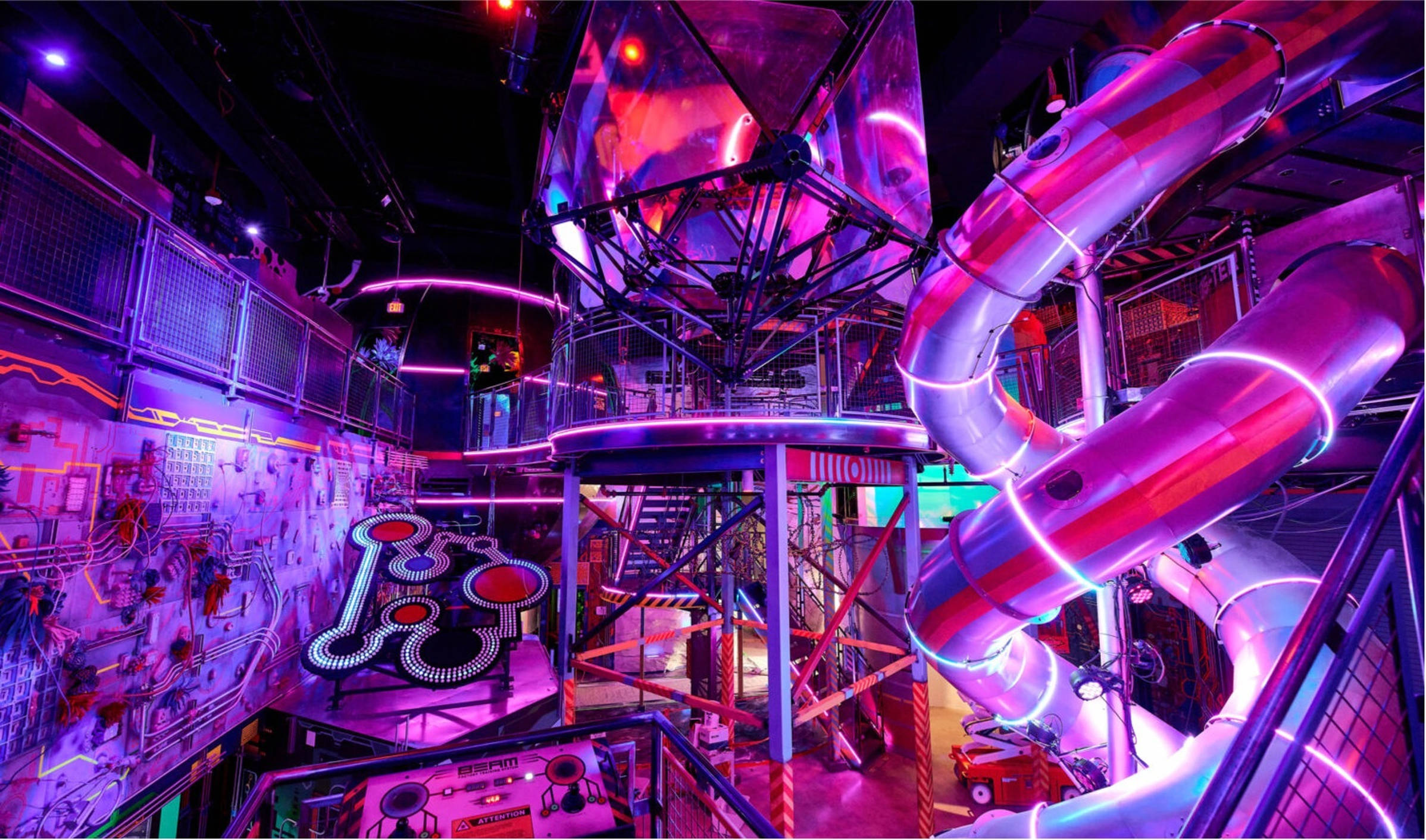What's next for museums?
An impressive lineup of speakers made the new international museum conference in Madrid a must-attend event. I was curious how we, as a design agency with a big heart and expertise in this sector, relate to the current positions and opinions in this international playing field. Here are my most important takeaways from the designers present at the NEXT IN summit 2024.

Two Faces
This conference had two faces: one was about the debate on where we stand in 2024 as museums, designers, and architects in a world with many challenges. The other showed that the cultural sector is also a force of soft power and diplomacy. The messaging at the summit, therefore, was aimed at how museums can “educate with stories” but also to show how countries in the Middle East are investing in extraordinary architecture to put local culture and craft and a vast amount of acquisitions from famous international artists on display.
Why should I care about this?
A question that one of the most awarded and recognized agencies from the US, RAA (Ralph Appleboum Associates), wants to answer with their work for museum audiences in the US and abroad. They work with museums worldwide with interdisciplinary teams including designers, architects, historians, technologists, writers, and educators. They consider the physical space as a medium for communication and dialogue and always try to create emotional resonance, with narratives that emotionally stick, while they warn museums not to invest all their money in big technical displays to fix all their challenges.

Nick Applebaum, CEO of RAA, states that the problem in the world right now is the lack of trust in public institutions and in other people. That’s why the process to create a museum is just as important as the end result. Step away from the attitude that the museum knows best. However, museums are the place to conserve social and artistic history. In fact, museums are a great place to connect present and past, to think about the future and contribute greatly to “social currency”. By making their knowledge and expertise relevant for visitors, museums can be a Trojan horse in a good way and use common interests to get people to visit and connect through stories.
Check out the impressive and extensive portfolio of RAA
Designers know best
Dare to be playful, says Femke Bijlsma, partner and content strategist at KossmanndeJong (Amsterdam, The Netherlands). They have designed the new permanent exhibition for Het Groote Museum, in the Amsterdam zoo Artis, and made it all about connecting the big and the small on our planet. The museum emphasizes the need to tear down walls between the institution and the visitors and create an interactive installation that asks you to use all the senses. In Het Groote Museum, young and old are invited to dare to ask the big questions in life, interact with the exhibition and with each other. Het Groote Museum is nominated for the award for Best museum in Europe 2024 with this installation.
Other work from KDJ:
Exhibition Clean World
Museum of the Mind

But the best connections are not only made through a museum. Challenging the traditional museums, Meow Wolf functions as an art and design project from the US to create social impact through colourful, playful and mostly circular made art installations. They have permanent and traveling exhibitions and are more of a movement than anything else. Creative director Sarah Bradley explains how they were founded, based on their drive for social connection and sustainability. Their interactive installations where visitors are free to move, touch, smell, and hear, make people discover new layers, in their experience and in themselves. Sounds vague? It’s different. It’s… human.
Meow Wolf now has 5 locations in the US. Want to know more? Check out their website.

Data on Steroids, Digital in the Art Realm
Artificial, futuristic, explorative, machine hallucinations, ethereal, visual music, AI data sculpting… The Turkish Refik Anadol and his studio dream it, generate it, and make it learn. Refik Anadol Studio works intensively with data to try to explore and address what it means to be human in this age of AI. This work is not meant to be the future of art. It’s adding digital in the realm of arts and crafts and adding a chapter to the history of art and cultures. The digital art works they make in collaboration with other art and cultural institutions invite the audience to imagine alternative realities. Buildings, structures, and flows of nature or art come to life and disappear. Read all about this here. Refik Anadol is building a museum in LA, Dataland, with the goal to unite pioneers in the fields of art, design, architecture and tech.
Check out MoMa and their collaboration with Refik Anadol.
But what about?
It was tempting to do a deep dive into the cultural diplomacy topic. And the museums from Qatar, Saudi Arabia, and Abu Dhabi have given us plenty of food for thought. But I decided to save that for a separate article. What needs to stick is what we actually already knew: Designers know best how to help museums connect art, culture, and people through stories. Help tear down walls between the museum and the audience, dare to shake off elitism, give room for imagination and make use of all the senses.
Some links to explore:
Still craving for more? Check out these podcasts: